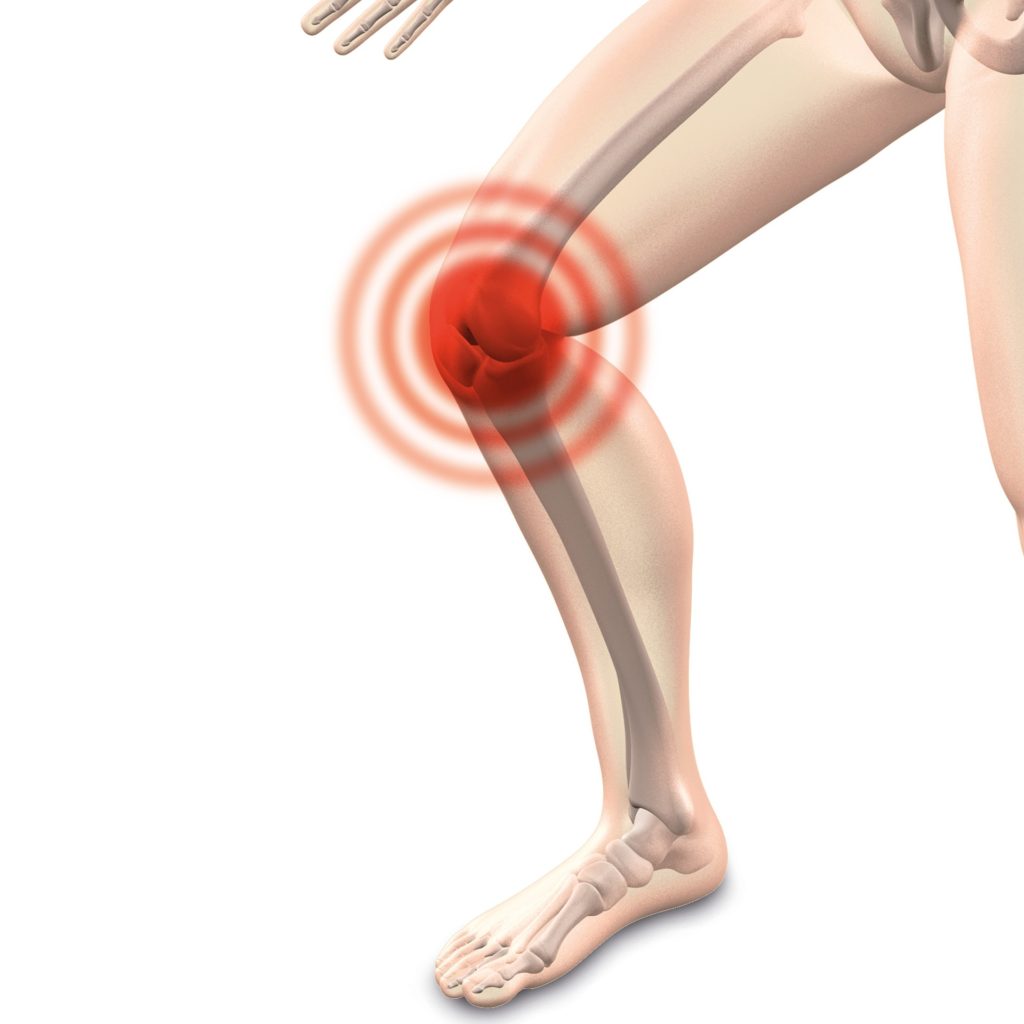Knee Pain and Posture
The Hip Bone Connected to the Knee Bone
What happens at your hip does not stay at your hip. Forces are transmitted from your hip to your knee. Likewise, forces from your ankle are transmitted from the floor to your knee. If your body is not aligned properly to transmit those forces it can lead to injury and pain.
This article takes a look at the how posture and alignment of the various joints in your legs can affect your knees.
Core and Pelvis - Why is it important?
Control of your pelvis plays an instrumental roll in the alignment of your hip and your legs as a whole. All the major muscle groups that affect your hip originate in your pelvis. If your core muscles (i.e. your abdominal obliques, transversus abdominis, erector spinae , and your gluteus maximus) do not have the strength needed to dynamically stabilize your pelvis, the muscles stemming from the pelvis are going to have a difficult time controlling the position of your leg. To put it simply, if your core is not stable, your pelvis will not be stable. If your pelvis is not stable, then it's going to be hard to maintain the proper alignment of your legs. This is especially true when you are active and the demands are much greater!
The Hip
Your hip allows for a lot of movement that needs to be controlled by muscles to keep the rest of your leg in the proper alignment. Facing a mirror, your knees should align over your hips in a relatively straight line. Furthermore, your kneecaps should be facing forward instead of inward. Muscle imbalances (due to either weakness or tightness) and the range of motion in the affected joints are important contributors to proper alignment.
For example, a weakness of the gluteus maximus muscle leads to the hip turning inward (internal rotation) and thereby turning the entire leg inward. Walking or running in this position changes how the muscles pull on your knee and can lead to various conditions (such as patellofemoral syndome). Furthermore, weakness of the muscles that abduct (extend your hip laterally) and externally rotate (rotate your hip outwardly) increases the stress on the inside of your knee and has repeatedly been shown to contribute to ACL tears.
The Ankle
The alignment of your knee is also dependent on whether you have a high or low arch. A low arch will rotate the shin inward and put more stress on the structures in the front of your knee. Studies have shown an association between anterior knee pain - such as patellar tendinitis and petellofemoral syndrome (and back pain for that matter) - with a moderate to severe flat foot. A high arch on the other hand does not absorb impact well and transmits those forces directly up the chain causing undue stress to the knee joint.
Furthermore, restrictions in the ability for the ankle to dorsiflex (lifting your ankle up), such as with a tight calf or a tight joint, causes overloading of the structures in the back of the knee and can lead to knee injury.
Putting It All Together
The knee is affected by what is happening above and below it. If you core, pelvis or hip are not performing well, those forces transmitted from your upper body to your knees may contribute to knee dysfunction. Likewise, if you ankle is not aligned properly or the muscles are either stiff or weak, the forces transmitted from the ground to your knee may contribute to knee dysfunction.
It is so important to look at the whole person and not just the knee when treating knee pain. Only when addressing the root cause of your knee pain can you expect to have lasting effects.
Dr. Jay Semel PT, DPT is an orthopedic and pediatric physical therapist, who along with Dr. Joshua Mazalian, run LA Orthopedic and Pediatric Physical Therapy in Encino. You can reach them at info@laoppt.com or check out www.laoppt.com.
If you would like to find out more about your how your posture affects your knees please contact us using the form below.

